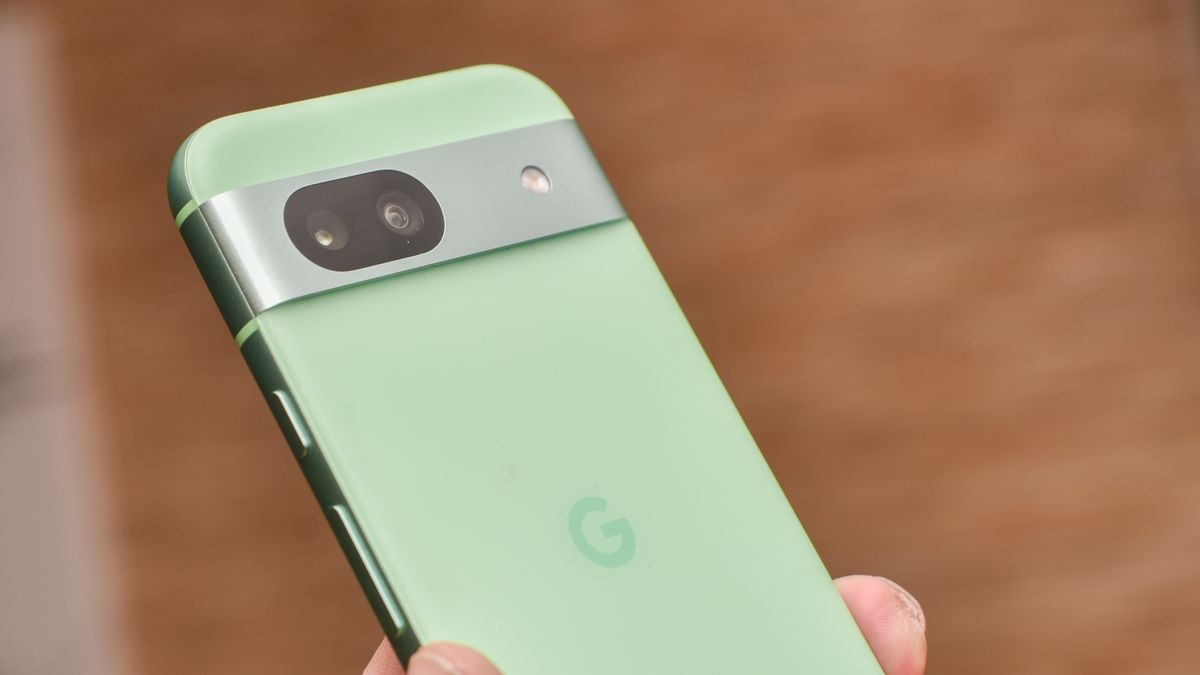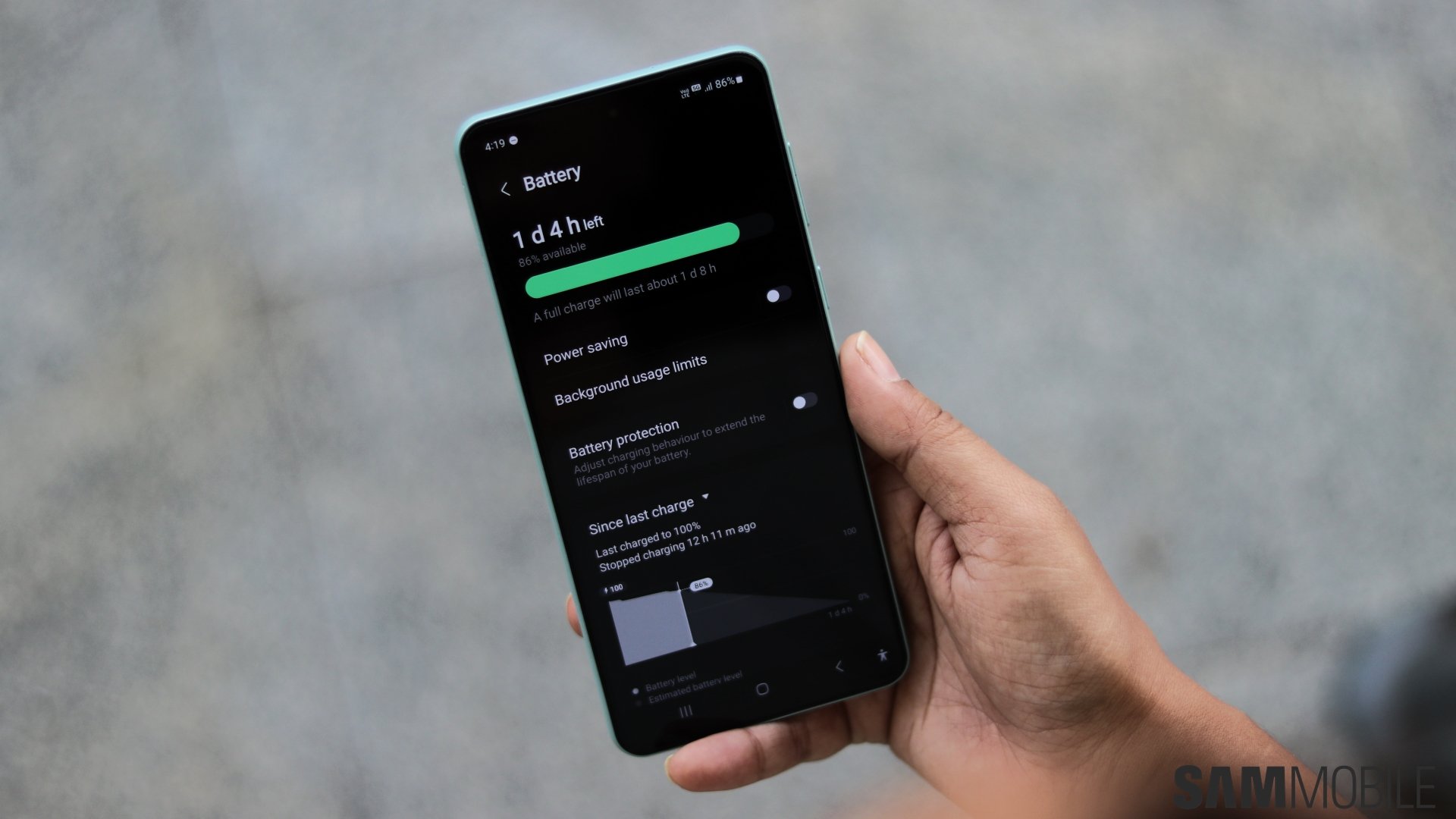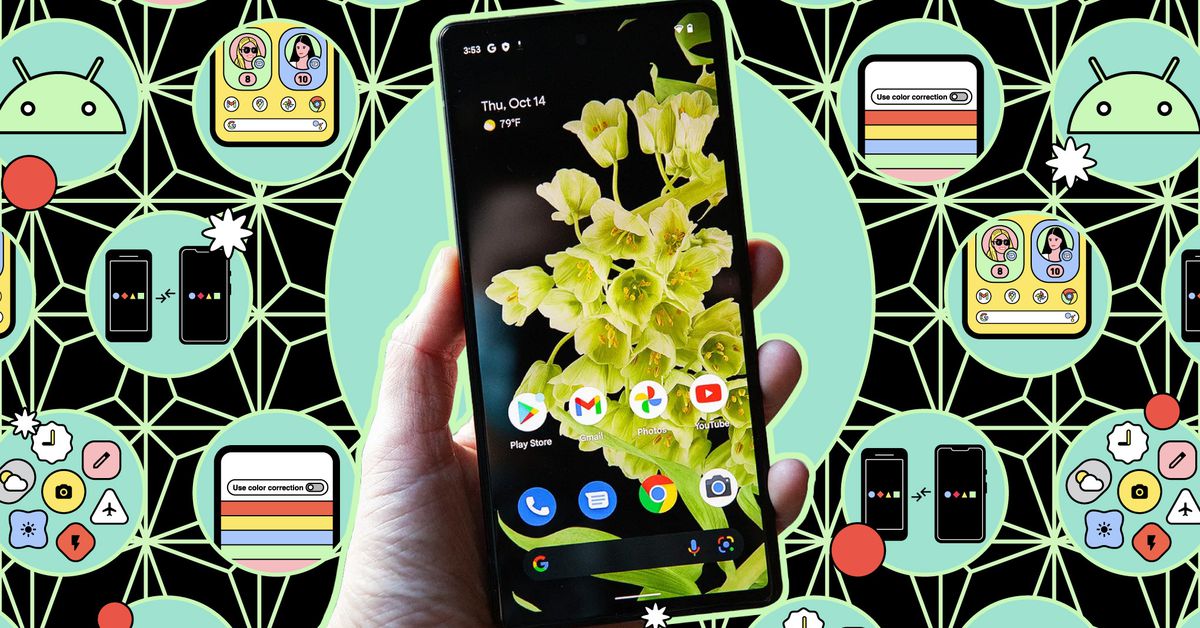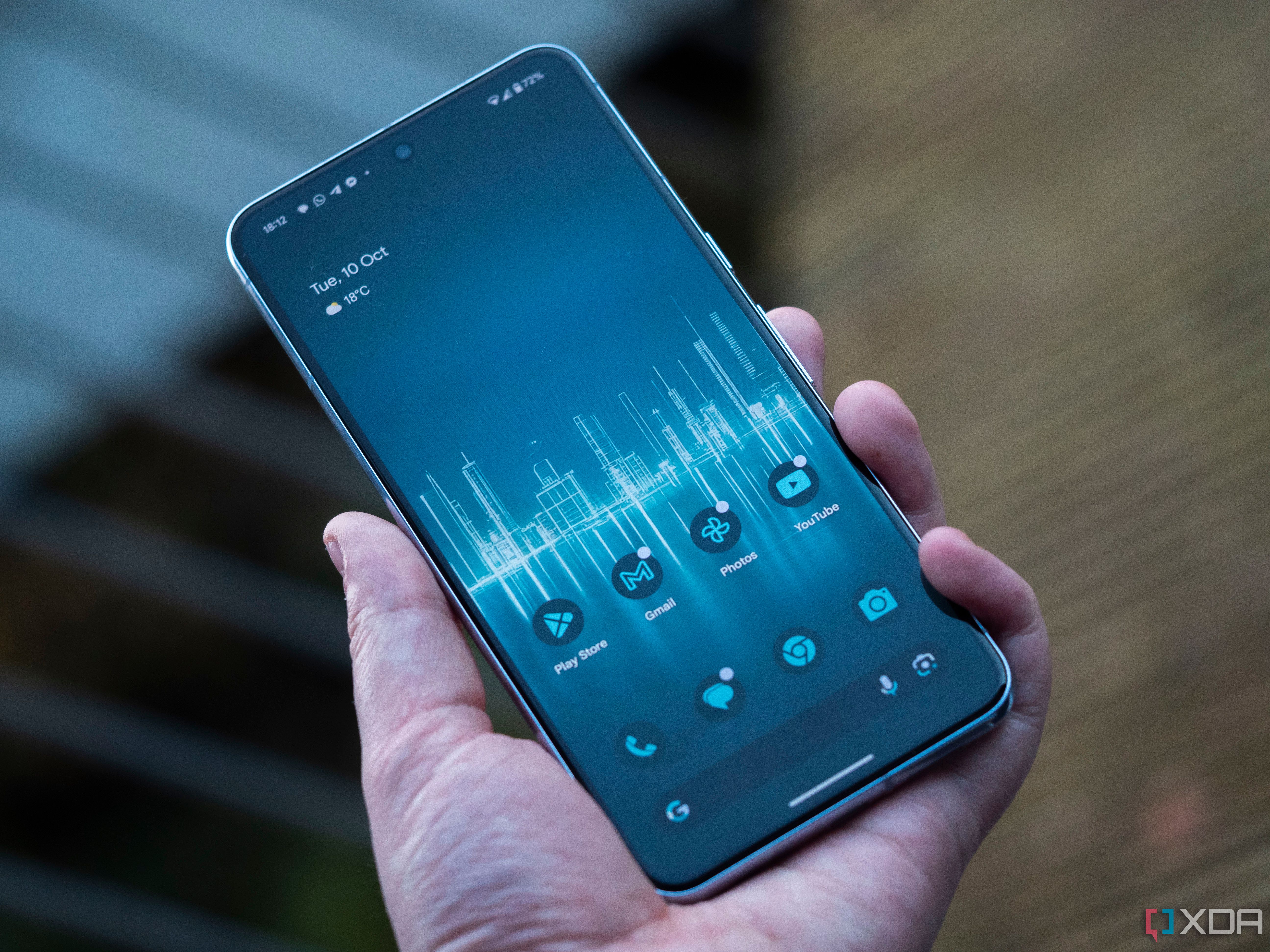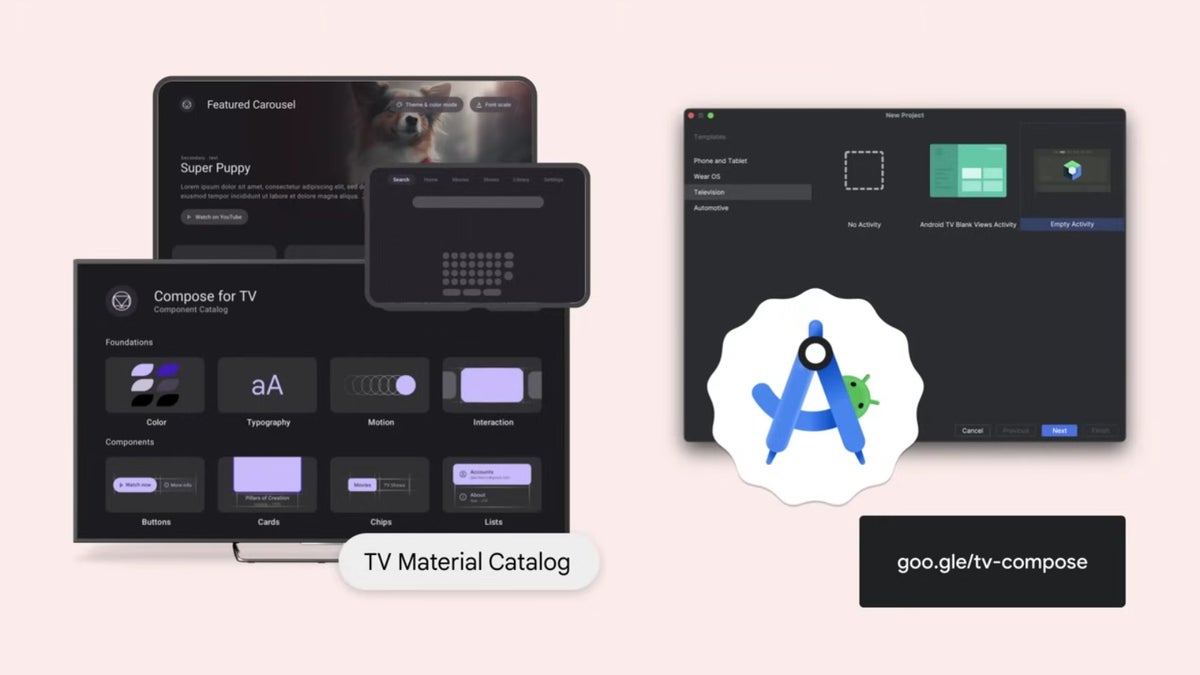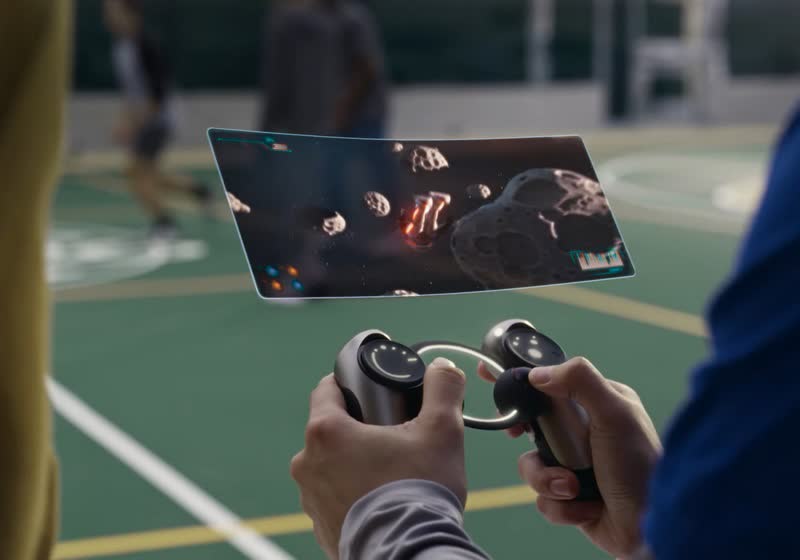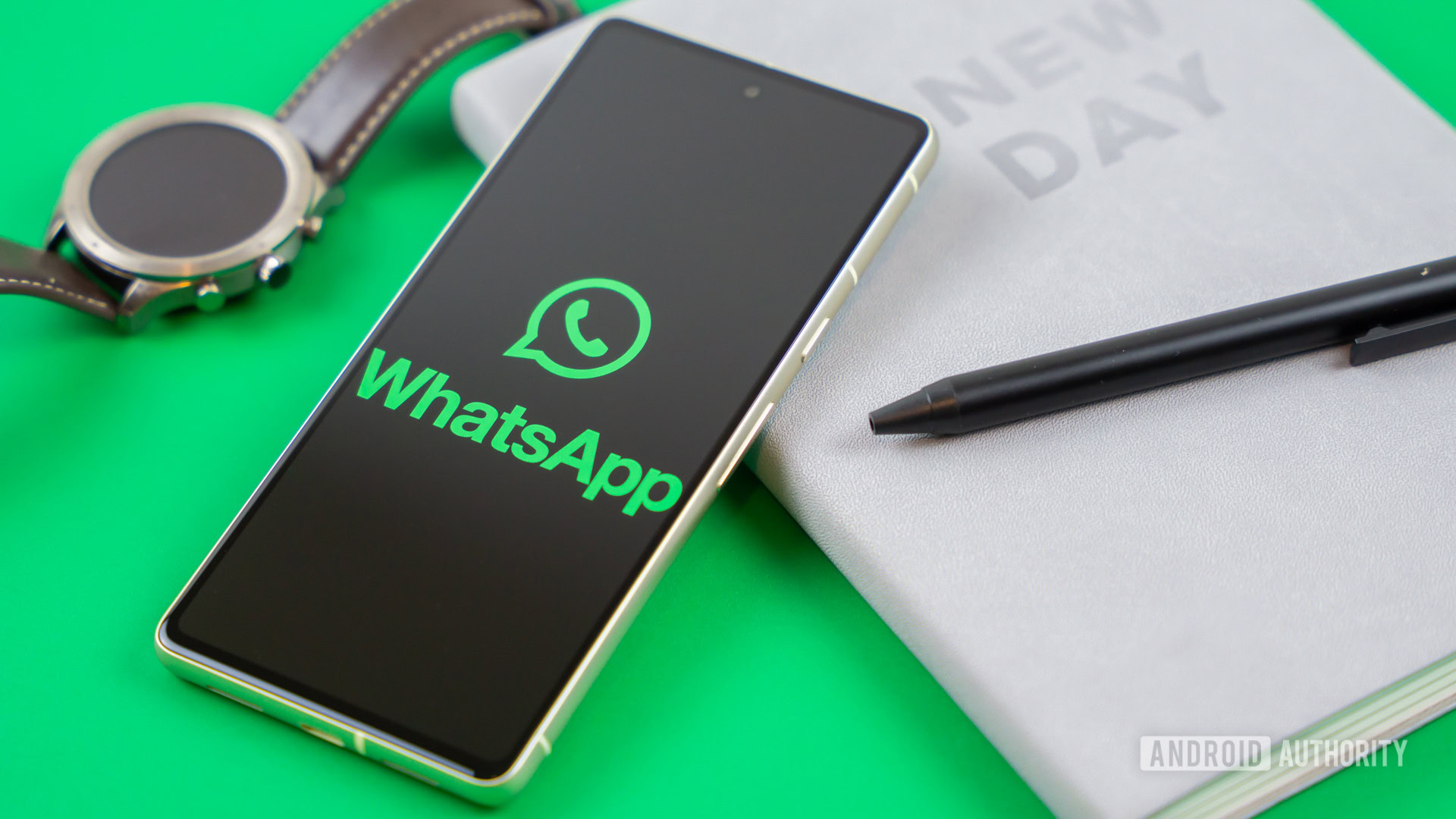5 New Customization Features Coming to Android 15 on Pixel Phones
The second Android 15 beta was recently released, showcasing Google’s efforts to enhance productivity, app performance, and user privacy. While the official Android Developers Blog didn’t mention it, the beta includes several new customization features that users can look forward to. From slideshow screensavers to adaptive vibration controls, here are five notable additions that could be coming to Pixel phones with the Android 15 update.
1. Slideshow Screensavers
A feature called Dreams was discovered on the Play Store for Pixel Tablets in June 2023, allowing for a collection of screensavers when the device is docked. Now, Android 15 Beta 2 hints at a similar feature called Dreamliner for Pixel phones, enabling users to select photo albums for a slideshow screensaver when docked on the second-generation Pixel Stand.
2. Widget Add Button
Currently, adding widgets to Android phones requires manual dragging and dropping. However, evidence suggests that Google plans to introduce an «Add button» for easier widget attachment. This feature could streamline the widget customization process for users, as shown in leaked images.
3. Pixel Avatar
An unbundled version of Google Pixel Avatar was discovered in the Android 15 beta files, allowing users to select an icon as their profile picture. This update also enables users to sync their Google Account picture with their main profile picture, eliminating the need for separate images on different platforms.
4. Cast Volume Controls
Following a lawsuit from Sonos in 2020, Google disabled volume controls for speaker groups using Pixel phones. However, with the California judge overturning the verdict in 2023, Google is reintroducing volume controls in Android 15. Users can now adjust speaker group volume from their Pixel phones, creating a more seamless listening experience with Nest Hub devices.
5. Adaptive Vibration Strength
Google is introducing a new Adaptive Vibration tool to Pixel phones, which can automatically adjust vibration levels based on the environment. For example, the device will vibrate more loudly on a couch compared to a table. This feature utilizes microphone and sensor data to determine sound levels and context, without recording any personal data.
While these features are currently exclusive to Pixel phones, there is potential for them to be rolled out to third-party Android devices in the future. Google is likely testing these customization options with Pixel owners first before expanding their availability to a wider audience. Stay tuned for more updates on Android 15’s customization features.
